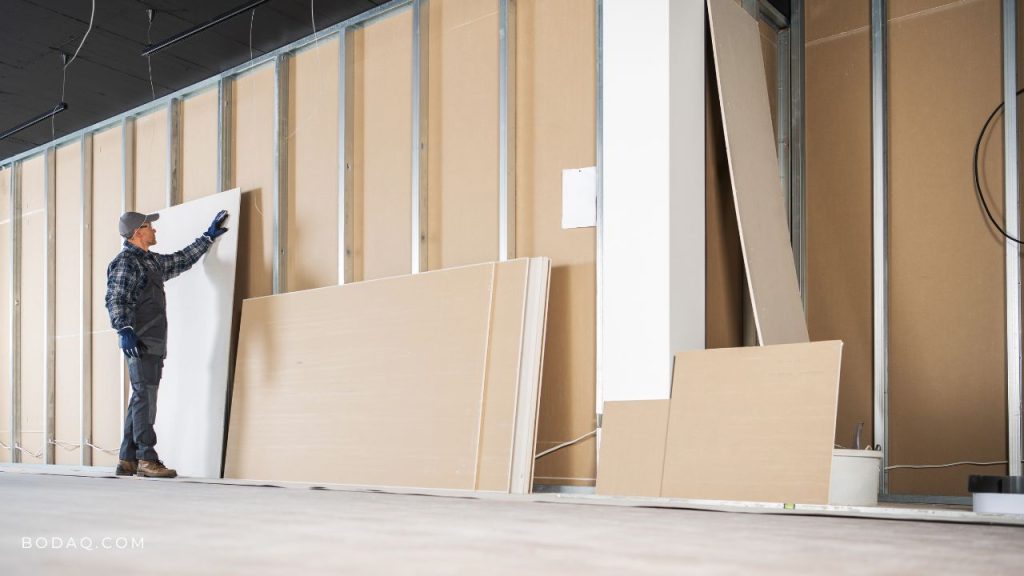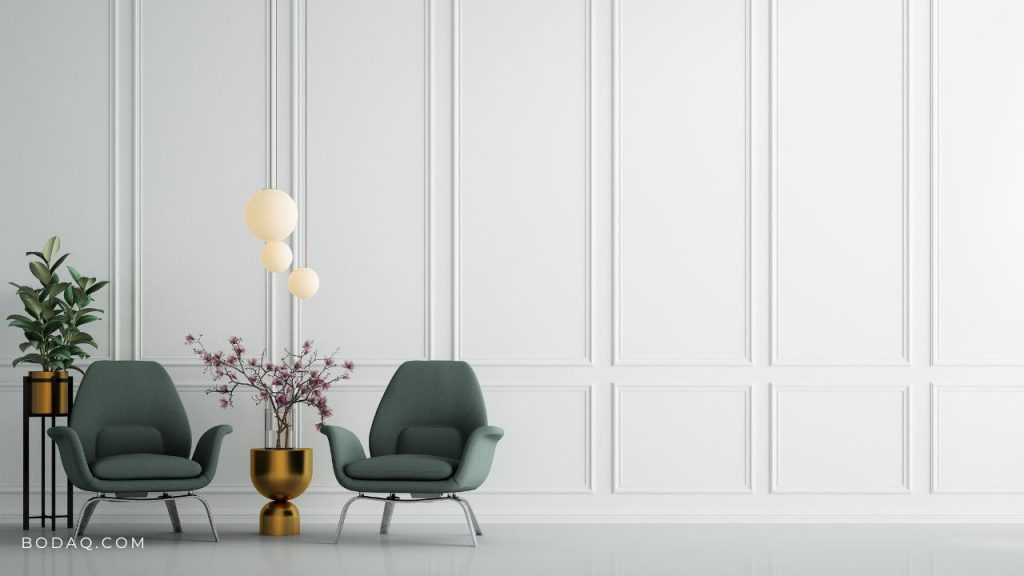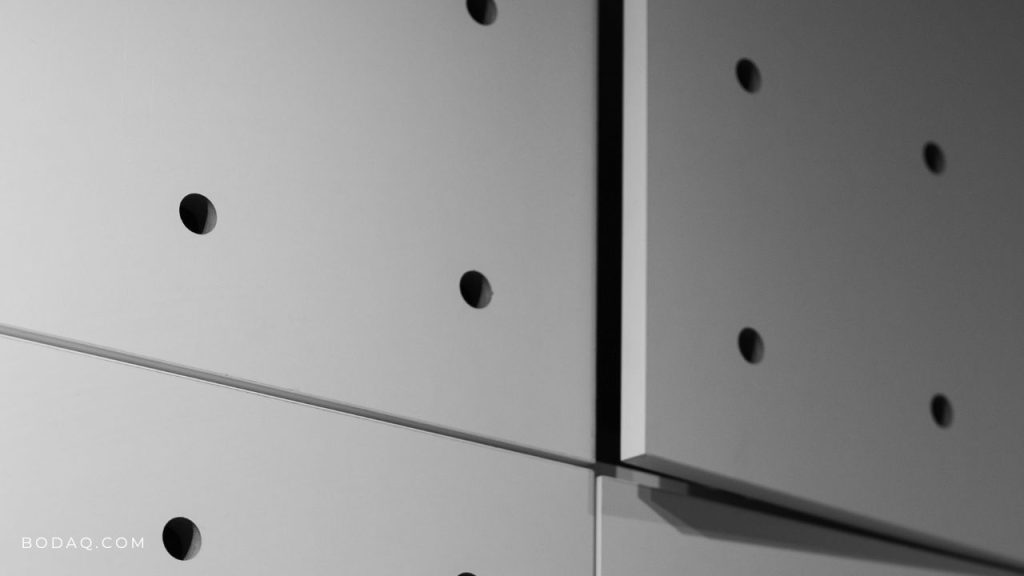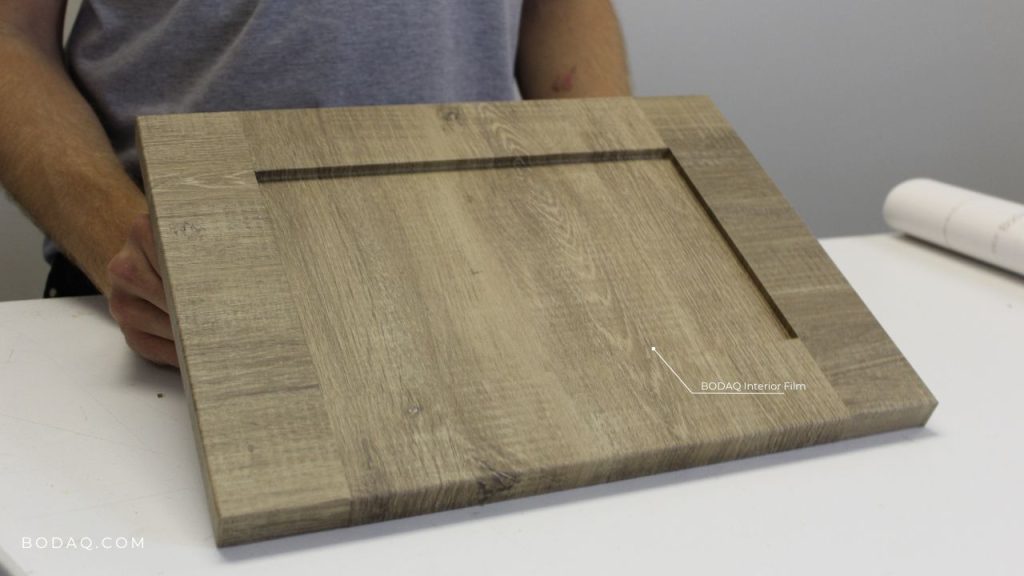How to Blend an Access Door into Elegant Wall Paneling
Table of Contents
In interior design, finding the right balance between functionality and aesthetics is a delicate process. Every aspect of a space, from its structural elements to the smallest decorative accents, must harmonize practicality with visual appeal. One of the most common challenges for designers is incorporating essential components like access doors into the overall design.
But with thoughtful planning and innovative design techniques, access doors can be seamlessly integrated into sophisticated wall paneling, enhancing the area’s interior rather than detracting from it. In this article, we’ll explore design strategies for incorporating access doors into stylish wall paneling.
What are Access Doors?
Wall access doors are essential for maintaining and repairing a building’s infrastructure. They provide convenient access to mechanical, electrical, and plumbing systems, ensuring they remain operational and safe. Traditionally, they were plain and could disrupt a room’s overall appearance. Fortunately, modern access doors can now be both functional and aesthetic.
Design Strategies for Seamlessly Fitting Access Doors
To achieve a flawless blend with the room’s style, it’s essential to consider several tactics, including the following:
Matching Material for Seamless Integration
The first step in matching access doors with elegant wall paneling is choosing the right materials. The access doors should align with or complement the materials used in the wall paneling.
For instance, if the wall paneling features a modern, sleek finish, selecting access doors made of steel or aluminum with a similar finish will help them blend smoothly with the surrounding panels. This ensures a cohesive and refined look throughout the area.
Emphasizing Minimalism for a Clean Look
Incorporating wall access doors into minimalist designs can be challenging because the clean lines and simple shapes in these spaces make it difficult to add anything without disrupting the look. But it’s still possible to integrate access doors in a way that doesn’t stand out.
To achieve this, use flush-mounted access doors that sit level with the wall, creating a smooth surface that blends with the paneling. By matching the door’s material and color to the wall and minimizing visible hardware, the door can become almost invisible, maintaining a minimalist design’s clean and seamless aesthetic.
Applying Interior Film for a Smooth Aesthetic
Interior film is a highly adaptable material that covers surfaces, equipment, furniture, and even access doors. It comes in various finishes, such as wood grain, stone, and metallic, allowing for a perfect match with the existing paneling.
How to Blend Access Doors Seamlessly Using Interior Film?
To create a cohesive look, perform the following steps:
- Choose the Right Finish: Choose an interior film that closely matches or complements the wall paneling. This ensures visual continuity between the access door and its surroundings, helping to keep a harmonious overall design.
- Prepare the Surface: Clean and smooth the door’s surface thoroughly before applying the film. Proper preparation ensures strong adhesion and a flawless finish, preventing wrinkles from forming.
- Apply the Film Carefully: Apply the film to the door and smooth out any bubbles or imperfections as you work. This ensures the film adheres well and creates a seamless look that aligns with the wall paneling.
- Conform to Contours: Allow the film to adapt to the door’s contours and features. Ensuring it conforms well to any edges and design elements will help maintain a continuous and integrated appearance with the wall paneling.
- Inspect and Touch Up: After application, thoroughly inspect the door to ensure it aligns with the wall paneling. Address any areas that need adjustment to ensure flawless integration and cohesive design throughout the space.
Placing Access Doors in the Ideal Spots
The placement of access doors matters as well. When designing a room’s layout, consider how well the space functions and looks. Put doors in locations that are easy to access while keeping them discreet.
This strategy is valuable in areas where visual flow is key. It helps keep the room’s appearance balanced without drawing too much attention to functional elements. It guarantees the doors are properly positioned so they don’t interfere with usability or efficiency.
Minimizing Door Size for Subtlety
Sometimes, the simplest way to blend an access door into its surroundings is to reduce its size. By minimizing the dimensions of the door to the smallest size necessary for functionality, it’s easy to make it less conspicuous. Smaller doors are easier to integrate into existing patterns or design elements and less likely to draw attention. This strategy is particularly useful in areas where space is limited.
To Sum Up
With careful planning, incorporating access doors into wall paneling can be straightforward. Techniques such as matching materials, using hidden hinges, and applying interior film can seamlessly integrate access doors into the room’s design.
Success in design also relies on meticulous attention to detail—whether it’s aligning patterns, selecting the appropriate finishes, or strategically positioning the doors. By considering how each element interacts with the others, you can create a room where even the most functional features enhance the overall interior. These strategies ensure the doors blend smoothly into the wall paneling, contributing to a functional and aesthetically pleasing space.

Bodaq Interior Films at The Building Show – PM Expo 2024: A Recap













